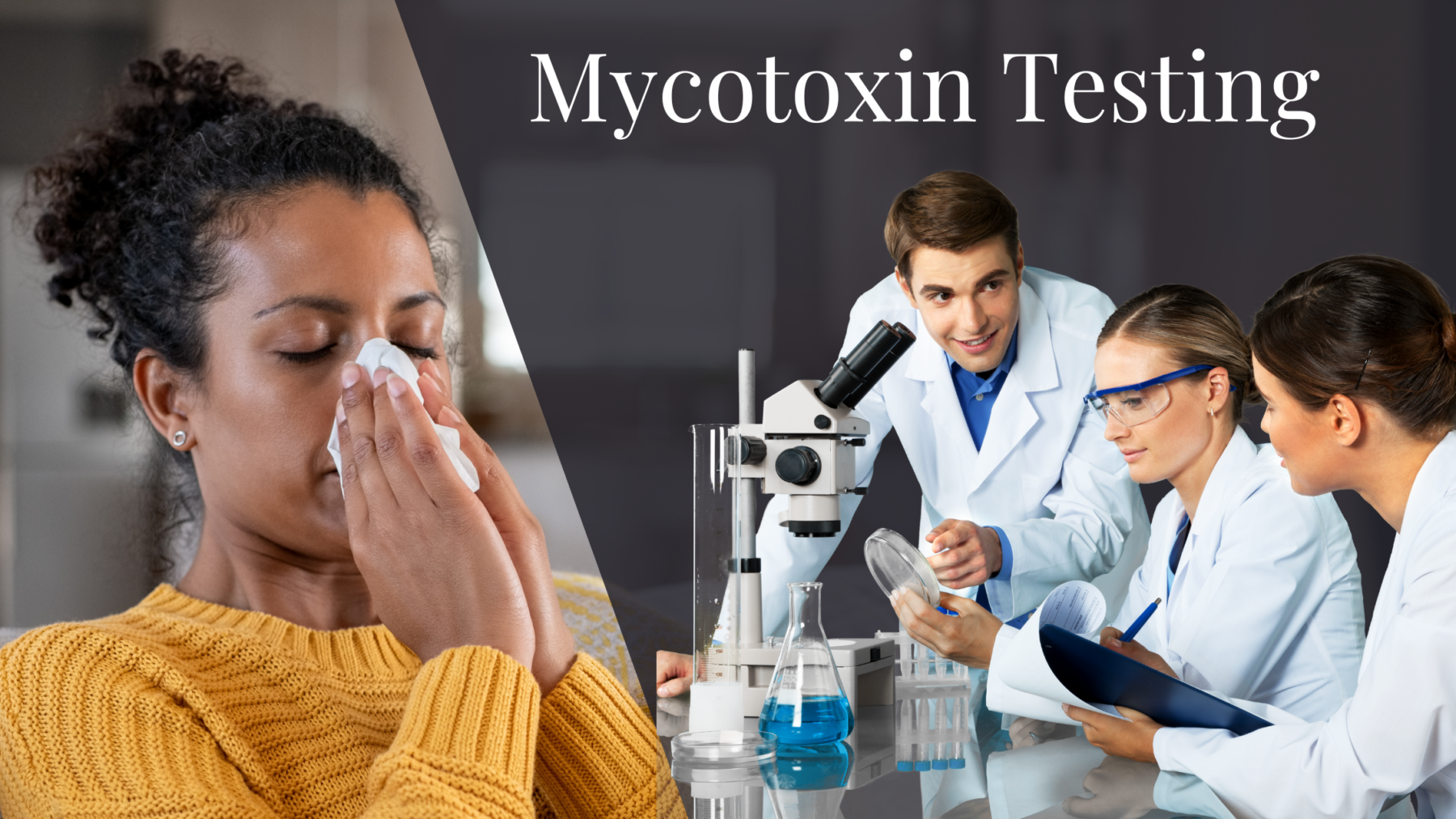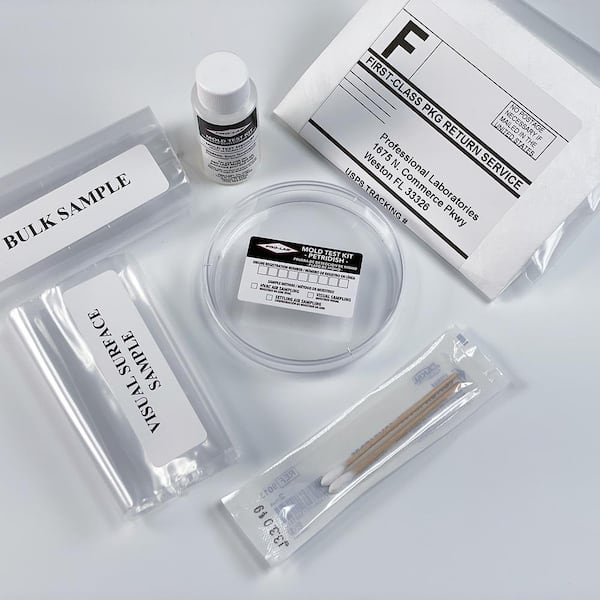The Requirement of Mycotoxin Testing in Agricultural Products to Guarantee Consumer Security
The requirement of mycotoxin screening in agricultural products is a vital element of public wellness and security that necessitates thorough exam. Mycotoxins, poisonous substances created by certain fungi, can penetrate different plants, leading to considerable health and wellness threats for consumers, such as carcinogenic impacts and body organ damage.
Understanding Mycotoxins
Mycotoxins, toxic additional metabolites produced by certain fungi, offer a considerable threat to agricultural items and human health and wellness. These compounds are created by various species of molds, such as Aspergillus, Fusarium, and Penicillium, which can contaminate crops both pre- and post-harvest - Mycotoxin testing Services. One of the most typical mycotoxins consist of aflatoxins, ochratoxin A, fumonisins, zearalenone, and deoxynivalenol (DON)
Mycotoxin contamination can take place under particular ecological problems, such as high humidity and temperature, which prefer the development of mold and mildew. Agricultural items like grains, nuts, seasonings, dried out fruits, and coffee are specifically susceptible. The presence of mycotoxins in these products can result in considerable economic losses as a result of lowered crop returns and the requirement for rigorous screening and purification procedures.
Recognizing the biochemical nature and development of mycotoxins is necessary for creating effective reduction techniques. Research study has revealed that mycotoxins display a series of chemical frameworks and residential or commercial properties, making detection and removal challenging. Advanced analytical methods, consisting of chromatography and mass spectrometry, are utilized to identify and quantify mycotoxins in agricultural items, ensuring that contamination levels stay within risk-free restrictions developed by regulative bodies.
Wellness Risks of Mycotoxins
Offered the significant dangers associated with mycotoxins in farming products, comprehending their effect on wellness is paramount. Mycotoxins, toxic additional metabolites created by fungi, pose severe threats to both animal and human health. Persistent direct exposure, also at low degrees, can cause a series of negative health effects, consisting of immunosuppression, carcinogenicity, and teratogenicity. Aflatoxins, among the most notorious mycotoxins, are classified as Team 1 health hazards by the International Company for Research Study on Cancer (IARC), mostly influencing the liver and boosting the danger of hepatocellular carcinoma.
Severe mycotoxin poisoning, although less common, can trigger severe and immediate health and wellness troubles such as liver damage, intestinal disruptions, and hemorrhaging. Ochratoxin A, another powerful mycotoxin, is connected to kidney damage and has prospective cancer causing impacts. On the other hand, fumonisins, primarily impacting maize, are connected with esophageal cancer cells and neural tube defects.

Common Sources of Contamination
Understanding the usual sources of contamination is essential for effectively handling and alleviating the threats posed by mycotoxins. Mycotoxins are hazardous second metabolites generated by particular sorts of fungis, which can pollute agricultural items at different phases of production, handling, and storage. The key sources of contamination include field problems, post-harvest handling, and storage settings.
Area problems play a considerable role, with variables like climate, crop sensitivity, and soil health influencing website here fungal development. Plants such as corn, peanuts, wheat, and tree nuts are specifically at risk to mycotoxin-producing fungi like Aspergillus, Fusarium, and Penicillium species. Poor crop rotation and inadequate bug administration can worsen the risk of contamination.
Post-harvest handling is another critical point where contamination can occur. Mechanical damages during harvesting and transportation creates access points for fungi, while incorrect drying out methods can leave wetness degrees high enough to sustain fungal development.
Storage space settings add significantly to contamination threats. Improperly kept storage facilities with high humidity and temperature degrees create optimal conditions for mycotoxin manufacturing. Routine evaluations and appropriate storage space problems are important in curbing this hazard.
Mycotoxin Evaluating Techniques
Effective management of mycotoxin contamination pivots not only on acknowledging prospective sources however also on executing durable testing methods to identify these damaging compounds. Mycotoxin testing approaches can be generally categorized into chromatographic and immunochemical methods.
On the other hand, enzyme-linked immunosorbent assay (ELISA) and side circulation assays are popular immunochemical methods. ELISA, specifically, is widely made use of due to its cost-effectiveness, simplicity of usage, and quick turn-around time. Lateral circulation assays supply fast, on-site testing capacities, making them suitable for field applications where immediate choices are needed.
Additionally, developments in molecular biology have presented PCR-based approaches with the ability of identifying mycotoxin-producing fungis at genetic levels, providing a predictive method to contamination risk. Incorporating link these diverse approaches boosts the reliability and comprehensiveness of mycotoxin discovery, making certain that agricultural items meet security standards and safeguarding consumers from prospective wellness dangers.
Advantages of Routine Testing

Normal mycotoxin testing provides substantial benefits that considerably strengthen farming safety and security and top quality. Mycotoxins, poisonous substances created by certain fungis, can contaminate food and pose severe wellness risks, consisting of cancer cells and severe poisoning.
Moreover, constant screening aids in preserving the stability and credibility of farming manufacturers. By rigorously keeping track of and managing mycotoxin degrees, producers can prevent legal consequences and expensive recalls. This not only ensures compliance with stringent international security standards however additionally cultivates customer count on and loyalty.

Conclusion
The requirement of mycotoxin testing in farming items is underscored by the substantial health dangers presented by these harmful substances. Ensuring customer safety and security needs the recognition and removal of polluted items from the supply chain. Routine testing not just click for source minimizes the threat of intense poisoning and chronic health and wellness concerns however additionally supports conformity with safety and security criteria. Furthermore, it improves the track record of manufacturers and promotes depend on within the agricultural supply chain, inevitably protecting public health.
The requirement of mycotoxin testing in agricultural products is a critical facet of public health and safety that necessitates thorough evaluation. Mycotoxins, hazardous substances produced by certain fungis, can penetrate different plants, leading to considerable wellness dangers for customers, such as cancer causing results and body organ damages.Mycotoxins, hazardous second metabolites created by specific fungi, provide a considerable risk to agricultural items and human health.Provided the significant threats associated with mycotoxins in agricultural products, understanding their influence on health and wellness is vital (Mycotoxin testing Services).The necessity of mycotoxin testing in farming products is underscored by the considerable health and wellness risks postured by these hazardous compounds